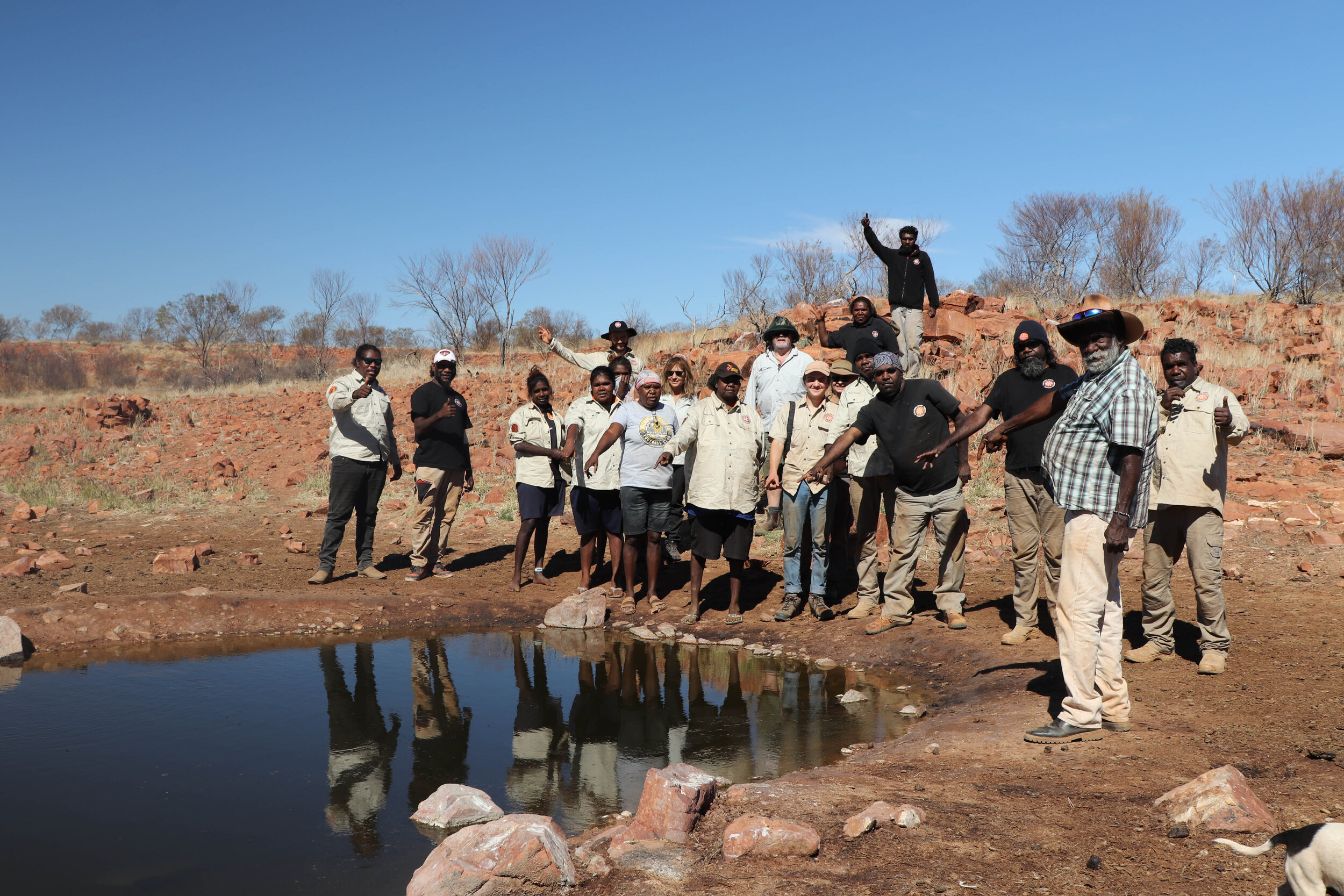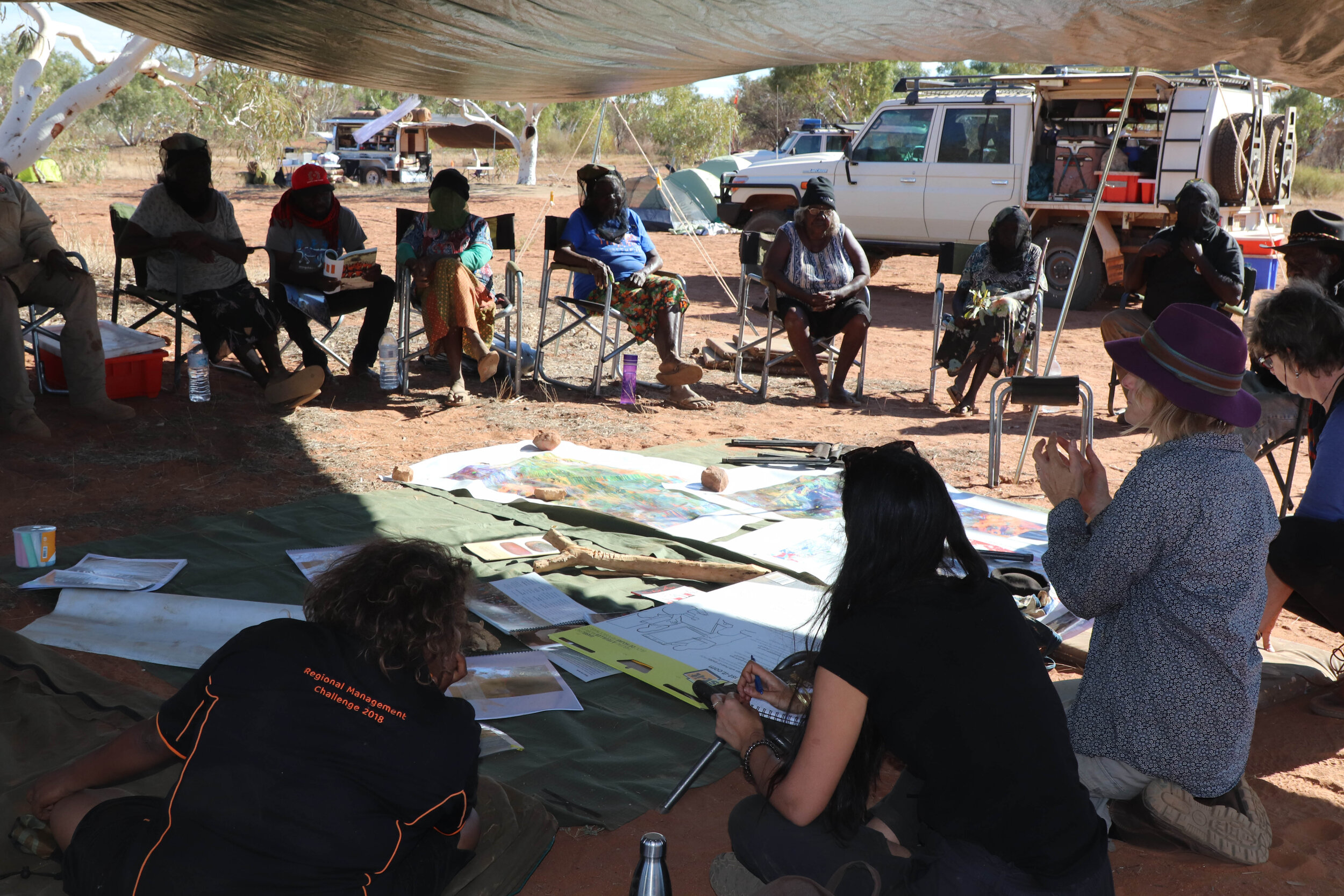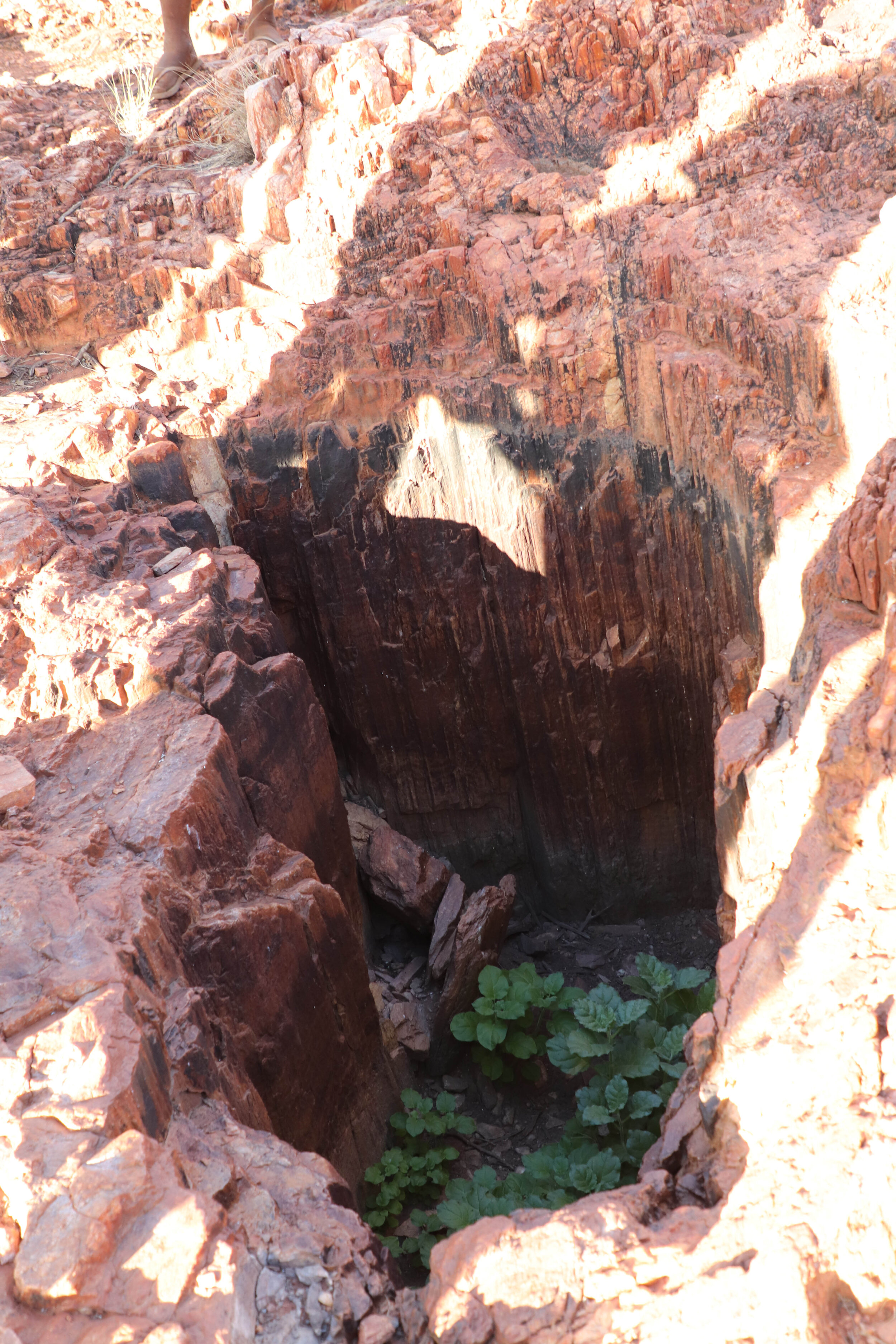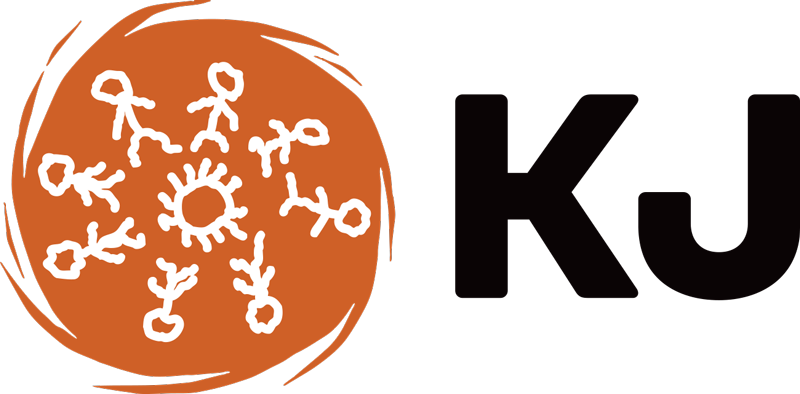The Language of Waru (Fire)
Many Martu have always said that older and younger Martu need to teach and learn the knowledge and practices of their old people, Pujiman. Retaining and sharing these practices takes time, planning and a community to bring it all together. Martu who work with KJ and Martumili Artists spent time on country to talk about waru (fire).
Many Martu concepts and practices closely relate to fire. The life stages of Martu and relationships between people in those life stages to landscape-scale uses of fire include:
fire begins with a grandparent smoking a baby or child (using a small waru, the smoke is used to make the baby big and strong)
middle-aged people burn as they hunt on their country; and
ending with family members smoking the house of a deceased person.
The group talked about how to use waru the right way. Martu talked about how you must know about:
wind and wind direction
rain and age of spinifex
leaving “islands” of unburnt areas for animals
types of fires (hunting, signal, cultural)
fertiliser — fires on country left ash on top surface that was a fertiliser, after the rain it soaked in and settled into country, new growth, all the bush tucker grows.
“We follow the rules. We learn to follow the rules. The rules of the land go with fire. There are places that can’t be burnt.”
Martu are looking forward to spending time on country in 2020 to talk more about waru and learn from their elders.







